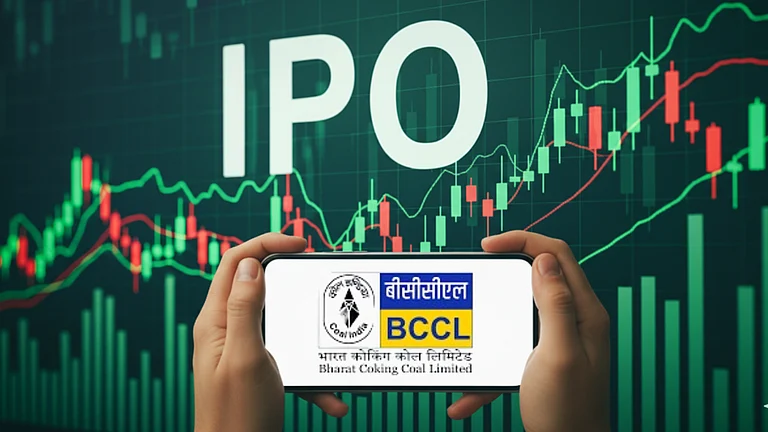The life insurance penetration in India has risen from 2.82 per cent in 2019 to 3.2 per cent in 2020, which is near to the global average of 3.3 per cent, according to the Economic Survey 2021-2022. Many Indians have clearly purchased life insurance policies during this period. However, the non-life insurance penetration in India was much lower at 1 per cent in 2020, when the global penetration in the segment was 4.1 per cent.
In 2011, the life insurance penetration in India was at 3.4 per cent, after which it gradually declined and touched its decadal-low in 2014 at 2.62 per cent. Since then, it has seen marginal improvement, reaching 2.82 per cent in 2019.
The total insurance penetration in India has also steadily increased to reach 4.2 per cent in 2020, from 2.71 per cent in 2001. The levels, however, are much lower than in many other Asian geographies such as Singapore (9.5 per cent), South Korea (11.6 per cent) and Taiwan (17.4 per cent).
“One of the major reasons for this low insurance penetration is low awareness about the importance of insurance. Besides this, as insurance is a long-term product, which requires long-term commitment, many prefer to skip it in favour of short-term investment instruments,” says Abhishek Mishra, CEO and principal officer of Bonanza Insurance Brokers.
Low risk acceptance among Indians is another key factor, say experts. Many people believe that nothing wrong or unfortunate will happen to them, “whereas, the concept of insurance is to prepare people to deal with the worst conditions,” says Sanjiv Sood, vice president, PolicyX.com. Fear of something bad happening further accentuates the lack of preparation. “A lot of people in India are still very superstitious. Many consider buying health or life insurance a bad omen,” adds Sood.
The potential and performance of the insurance sector are generally assessed on the basis of two parameters, viz., insurance penetration and insurance density. Insurance penetration is measured as the percentage of insurance premium to GDP, and insurance density is calculated as the ratio of premium to population (measured in US$ for convenience of international comparison).
Insurance Density
The insurance density in India increased from $11.5 in 2001 to $78 in 2020, as per the Economic Survey 2021-2022. In 2020, the density for life insurance was $59 and $19 for non-life; much lower than global standards, according to the survey. Globally, insurance density was $360 for life and $449 for non-life in 2020. Compared to India, the insurance density figures in many other Asian geographies are much higher—China ($430), Japan ($3,621), Singapore ($4,872) and South Korea ($3,366).
“The insurance density is India is lower than global standards due to (difference in) Purchasing Power Parity (PPP), which is measured in US dollars. The difference between the two currencies (US dollars and Indian rupees) also reflects on the huge difference in insurance density in India, which is basically an artificial reflection of the difference in currency prices,” adds Sood.
Insurance Premium
During 2020-21, the gross direct premium (within and outside India) of non-life insurers was Rs 2,02,082 crore, as against Rs 1,92,193 crore in 2019-20, registering a growth of 5.2 per cent. Motor and health segments contributed a significant portion of the growth. Life insurance recorded a premium income of Rs 6,28,731 crore during 2020-21, as against Rs 5,72,910 crore in the previous financial year, registering a growth of 9.74 per cent. While renewal premium accounted for 55.7 per cent of the total premium received by life insurers, new business contributed the remaining 44.3 per cent.
The growth of gross direct premium depicts the increased acceptance and penetration of insurance. “However, according to IRDAI (Insurance Regulatory and Development Authority of India), there is a nominal increase in the gross direct premium of both non-life and life, which has been constant for the last five years. Therefore, it can’t be viewed as a significant jump that has taken place in the last one year; it is a positive trend that has been growing in the Indian insurance industry over the last couple of years,” adds Sood. Budget 2022 announcements benefiting the insurance industry and policyholders tomorrow, February 1, could improve the spread of insurance in India further.














